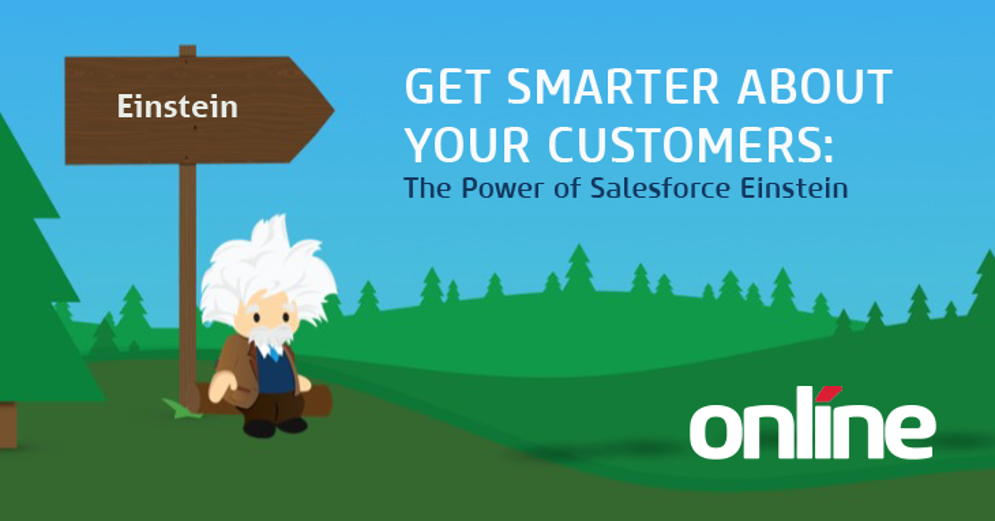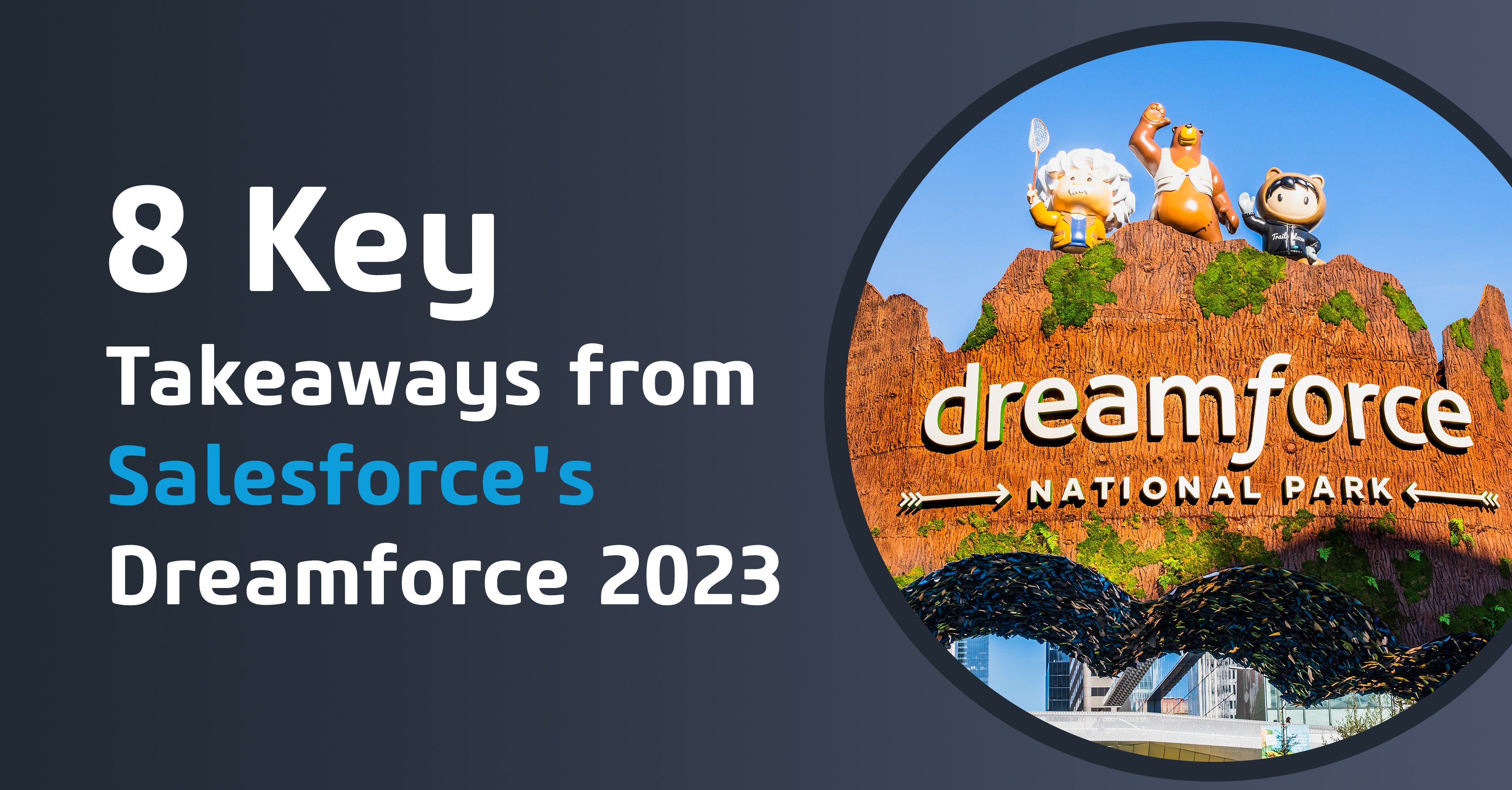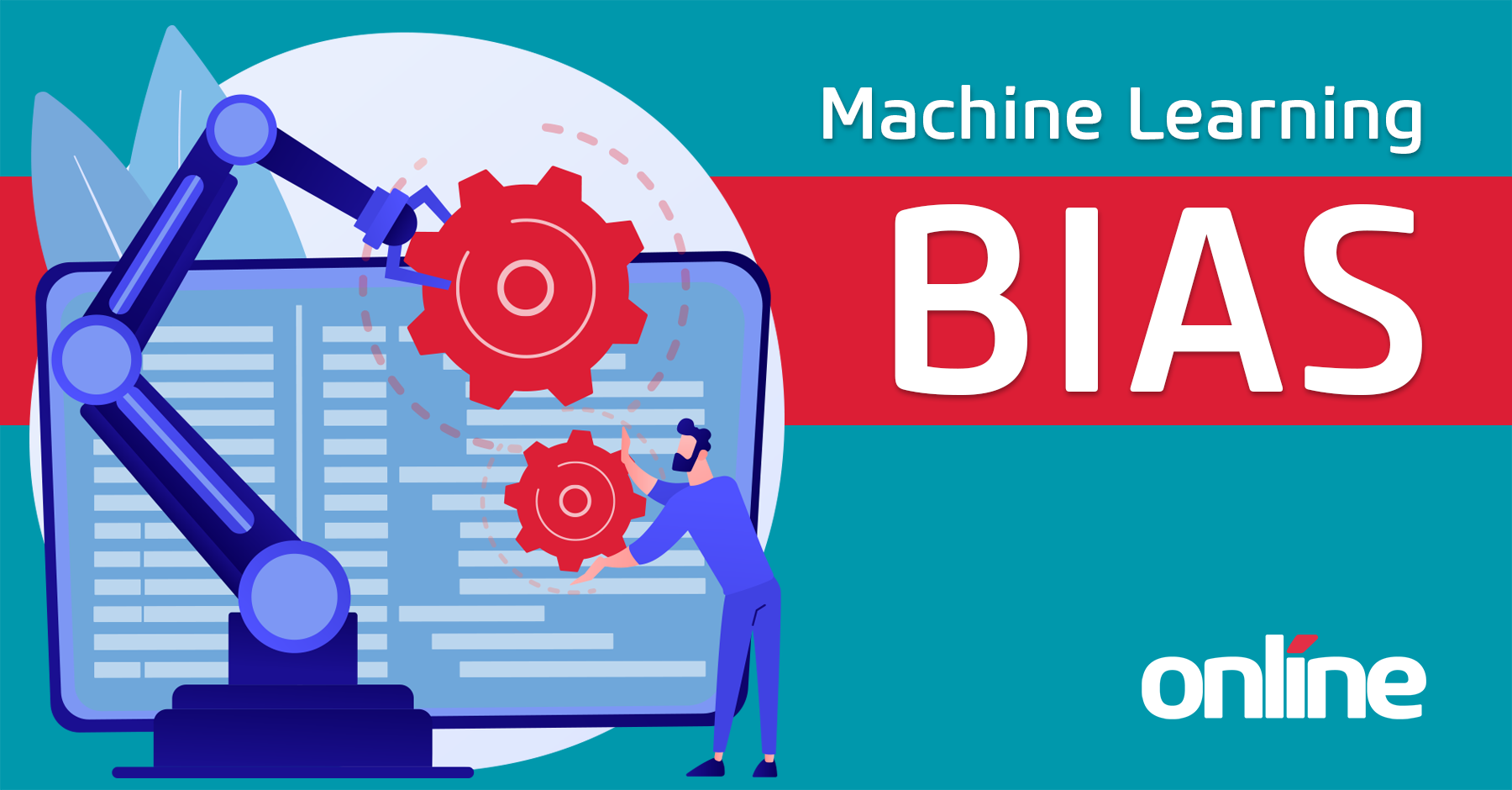 The term A.I. is nothing new, it’s been used in movies and science fiction for decades. In the real world A.I. has been used to some degree for decades as well, but it has really only started to gain serious momentum in the last decade or so.
The term A.I. is nothing new, it’s been used in movies and science fiction for decades. In the real world A.I. has been used to some degree for decades as well, but it has really only started to gain serious momentum in the last decade or so.
A.I. is part of an interdisciplinary field known as data science - and while there are many different definitions of data science, they all include some combination of the following areas of expertise: artificial intelligence, statistics, and domain knowledge. These skills are used to find valuable information out of vast amounts of data.
With that primer in mind, what are the cool companies in Silicon Valley doing with A.I. today? What are some of the controversial issues surrounding the technology? And what should I know if I wanted to introduce A.I. and data science to a client?
These are some of the questions that I wanted answered when I signed up for KDD 2016 this past summer; the premier conference for data researchers and practitioners to discuss the theory and applications of data science.
I came back from the conference intrigued by not only the applications, but also some of the quirky real world stories that were shared with attendees from the world’s foremost practitioners of A.I. and data science. Here are few conference highlights:
The Biggest Challenge Might Not Be the Tech
The EU has put restrictions on a subset of artificial intelligence called deep learning; the technology behind applications like self-driving cars and image/voice recognition. They have set a requirement that decisions being made in this way must be explainable, but fundamentally, deep learning results are not usually explainable. This is because the algorithm figures it out on its own based on exposure to vast amounts of training data which gets mapped from real-world concepts into numbers (see the following article for more information). The laws seemingly were created without an understanding of this fact and could inadvertently put a cap on technological advancement in the EU. If other governments follow suit, these laws could impact any number of organizations interested in exploring deep learning solutions.
Getting Over Gut Feelings
When it comes to delivering value to the client with data science, data analysis is half the battle. Most executives will ignore the data and trust their guts when presented with operational strategies (derived from data analysis) that contradict their core beliefs. So how will we get around this problem? As we all know, money talks. One strategy to get around this bias would be to estimate what kind of financial impact could result from trusting the data. This is the approach Tamr (http://www.tamr.com) took when they received resistance from the executives at General Electric when proposing a spend optimization strategy. Tamr is a data analytics company that came up with a highly efficient way of coordinating how purchases should be done across the entire organization. Once GE heard they could save $80 million dollars annually, Tamr received much less resistance to change.
From the World of Self Driving Vehicles
NVidia has historically been a leader in creating powerful video cards for home computers, but recently they have ventured into the world of self-driving vehicles by supplying cost effective hardware to help with processing vast amounts of data. Some of them run on GPUs that are as powerful as 150 MacBook Pros while maintaining a slender, lunchbox-sized figure. Not only do they supply the hardware, but also a software development kit for automobile companies to utilize the hardware to its full potential.
Looking into the future, NVidia plans to use over-the-air software updates for their vehicles- something which Tesla already does – allowing users to wirelessly pay for and download new features like blind spot detection.
Another interesting point I learned about self-driving vehicles is that Google’s self-driving vehicles are trained in simulations that have them driving three million miles a day. As a form of regression testing, they do this every time there is a change in their driving algorithms. As Online’s QA community can confirm, automated regression tests can effectively ensure that the product being delivered meets the user’s expectations.
The Amazing (and Scary) Developments
Generally A.I. is the ability for software to perform human tasks without specifically being taught how to do it by a human. This is the basis for many works of fiction where humans lose control of their technologically superior creations. Prior to attending a keynote talk from Nando de Freitas, I had no idea how much progress had been made in the pursuit of general A.I., however, coming out of his talk I was a very intrigued by the advancements that have been made in such a short period of time.
I was fascinated to learn that neural networks can now learn and execute other neural networks to generically accomplish basic tasks like recognizing the angle that a car is facing or playing video games. If a computer program can learn to do these things, it seems logical that eventually they will able accomplish much more complex tasks… like figuring out how to destroy the human race (queue Terminator 2 theme… just kidding!).
Diving a bit deeper into the way this works, a neural network is basically a computer system that has been modelled after the human brain. Neural Programmer-Interpreters are essentially task-agnostic neural networks that can learn to use programs to complete tasks. So, when those programs are represented by other neural networks, we begin to see what is known as general artificial intelligence.
Looking to the Future
Attending the KDD conference was a real eye-opener into the world of A.I. and data science. Not only did I learn about the extremely technical ways of digging through data, but also the non-technical challenges that stand in the way of bringing solutions to fruition.
I’m excited to see how both Online and other organizations will approach A.I. and data science in the future. How can we extract interesting trends from the vast amounts of data that our clients collect? Are there interesting ways we can use A.I. to provide value where we thought we couldn’t in the past?
I’d love to hear your thoughts on the future of A.I., feel free to leave comments below!
To learn more about Online’s approach to Technology Consulting, visit our website.
Sources
https://arxiv.org/abs/1511.06279
http://www.wired.com/2016/07/artificial-intelligence-setting-internet-huge-clash-europe/
http://www.nvidia.com/object/drive-px.html
https://en.wikipedia.org/wiki/Deep_learning
https://www.linkedin.com/pulse/data-science-insights-accuracy-explainability-karthik-guruswamy




Submit a Comment